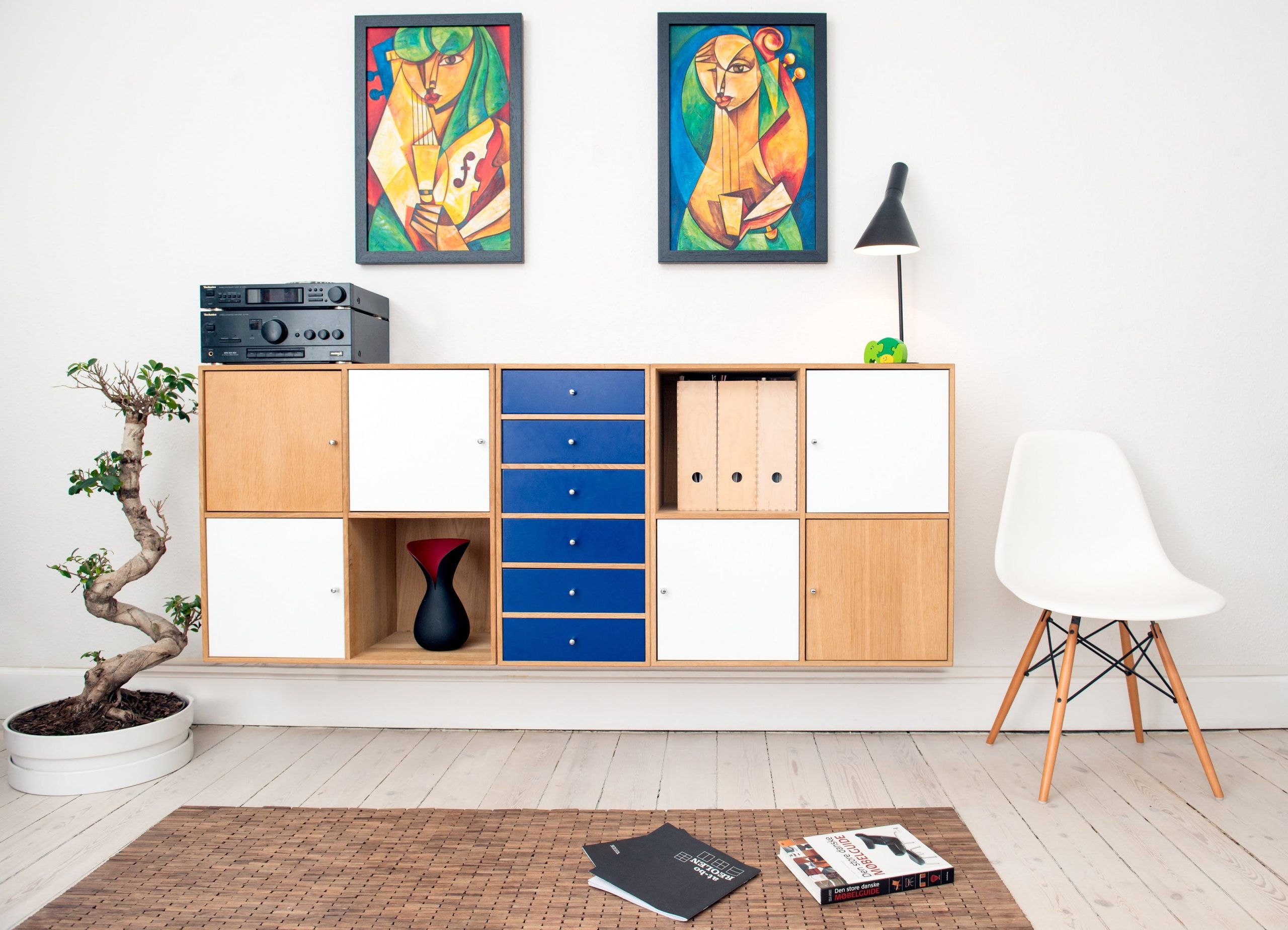An innovative idea that is revolutionizing the ever-changing field of interior design is adapted furniture. This creative method unlocks a new degree of freedom in our living environments by putting practicality and flexibility ahead of beauty. Longevity Live Paid Content.
Design Beyond Boundaries
Conventional furniture often forces us to adhere to set configurations and preset patterns. Conversely, furniture that is adaptable overcomes these limitations. With all in one mobility components and adaptable designs, they enable people to make dynamic changes to their homes in response to changing requirements and tastes.
Maximizing Small Spaces and Personalization for Everyone
In the era of urban living, where space is a premium commodity, adaptive furniture emerges as a game-changer. Cleverly designed multi-functional pieces, such as sofa beds, expandable tables, and wall-mounted storage solutions, enable individuals to make the most of limited square footage. This not only enhances functionality but also promotes a sense of spaciousness in smaller living environments.
One size does not fit all, especially when it comes to furniture. Adaptive designs cater to diverse needs, offering customizable options that accommodate various body types and mobility requirements. From adjustable-height desks to chairs with flexible seating options, this furniture adapts to the unique demands of individuals, fostering inclusivity in design.
Eco-Friendly Evolution
The environmental impact of furniture production and disposal is a growing concern. Adaptive furniture addresses this by promoting sustainability. With durable materials and designs that withstand the test of time, it reduces the need for frequent replacements. Additionally, modular components allow for easy updates, minimizing waste and contributing to a greener, more sustainable future.
Wellness in Design
The connection between our surroundings and well-being is undeniable. Adaptive furniture integrates ergonomic principles, promoting comfort and health-conscious design. From adjustable workstations that cater to varied sitting and standing preferences to recliners that adapt to body contours, these designs prioritize holistic well-being, encouraging a healthier and more supportive lifestyle.
Aging Gracefully with Design
The demand for flexible living options grows as our population ages. Adaptive furniture meets the unique needs of an older population by bridging the gap between usefulness and style. This design concept guarantees that living spaces adapt smoothly to changing demands, from components that promote mobility to those that provide increased solidity.
Unlocking the Potential for Adaptive Living
Adaptive furniture transcends conventional boundaries, offering a transformative experience in how we interact with our living spaces. Whether in a bustling urban apartment or a serene countryside home, the power of adaptive design lies in its ability to unlock freedom, empowering individuals to curate spaces that evolve seamlessly with their lives. As the world of interior design continues to evolve, embracing the adaptability trend is not just a choice; it’s a step toward a more liberated and personalized living experience.
Who is the author?

David Fox
David Fox is a former salesperson who changed his career because he wanted to dip his toe into marketing waters. This provided him with unique knowledge that helped him make fruitful link-building deals in this industry.
Naturally, he has a living database of reputable sites and media, which can come in handy today. Working with him is often described as a breeze of good energy and positivity.



![women [longevity live]](https://longevitylive.com/wp-content/uploads/2020/01/photo-of-women-walking-down-the-street-1116984-100x100.jpg)










